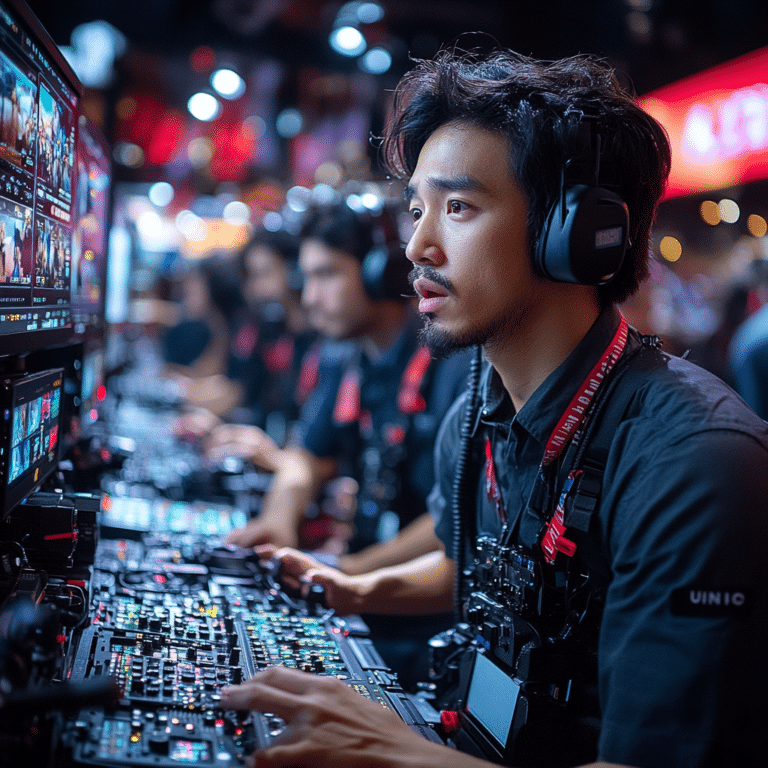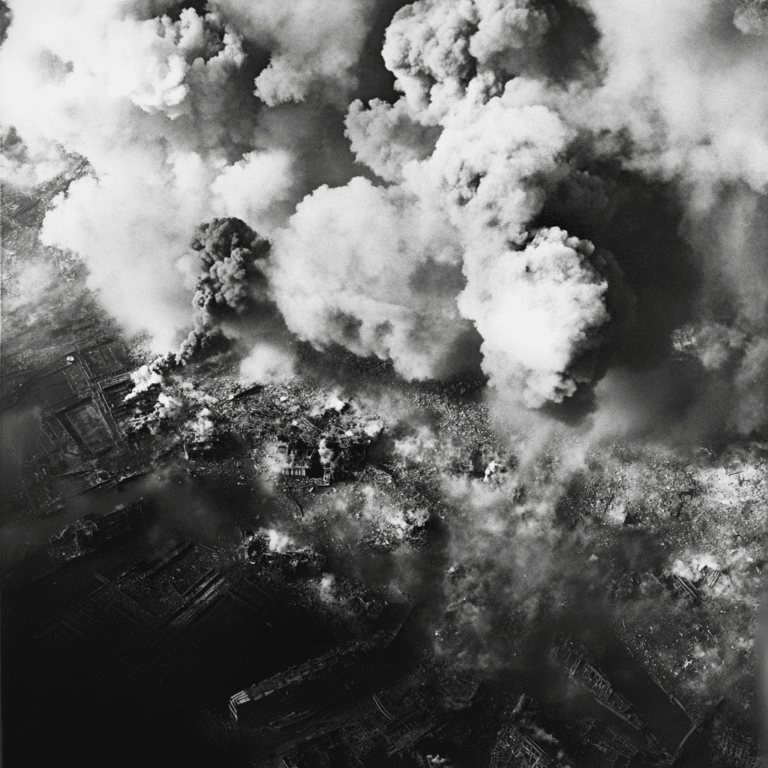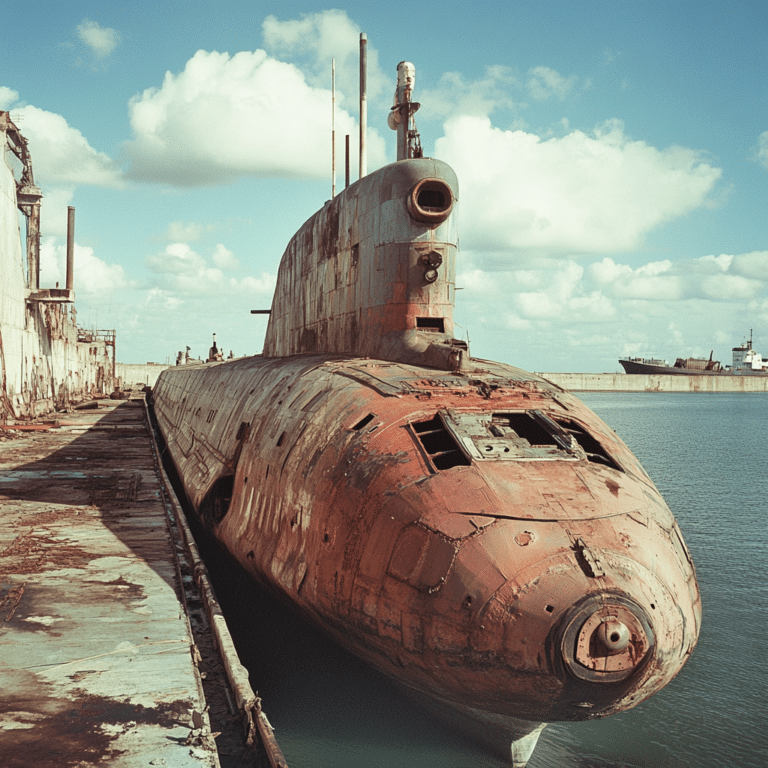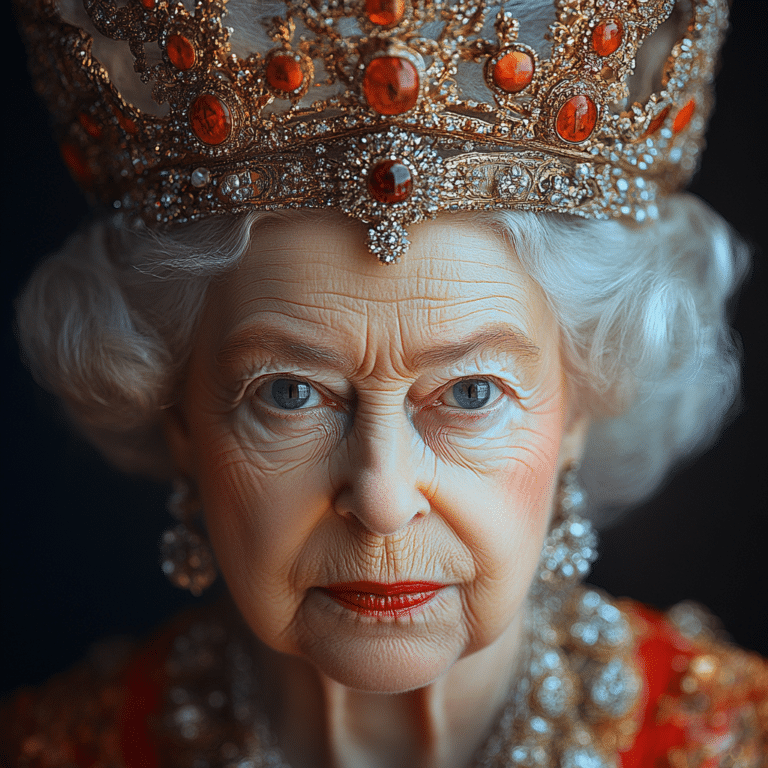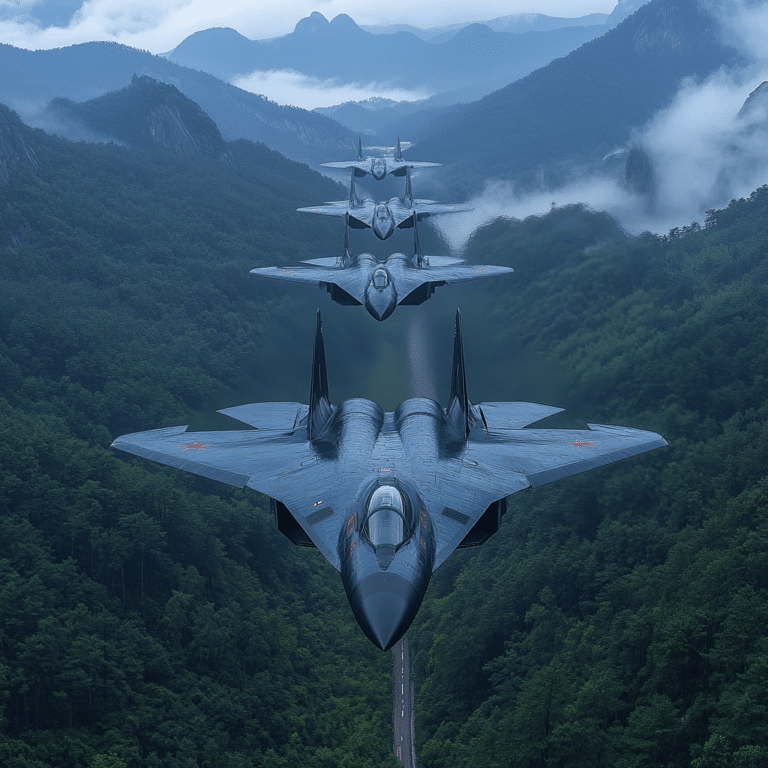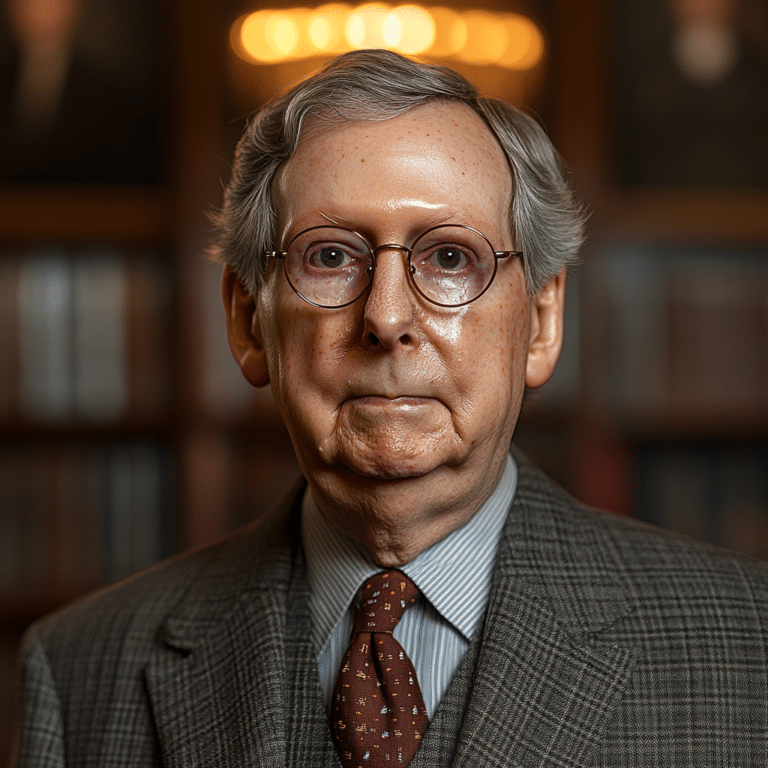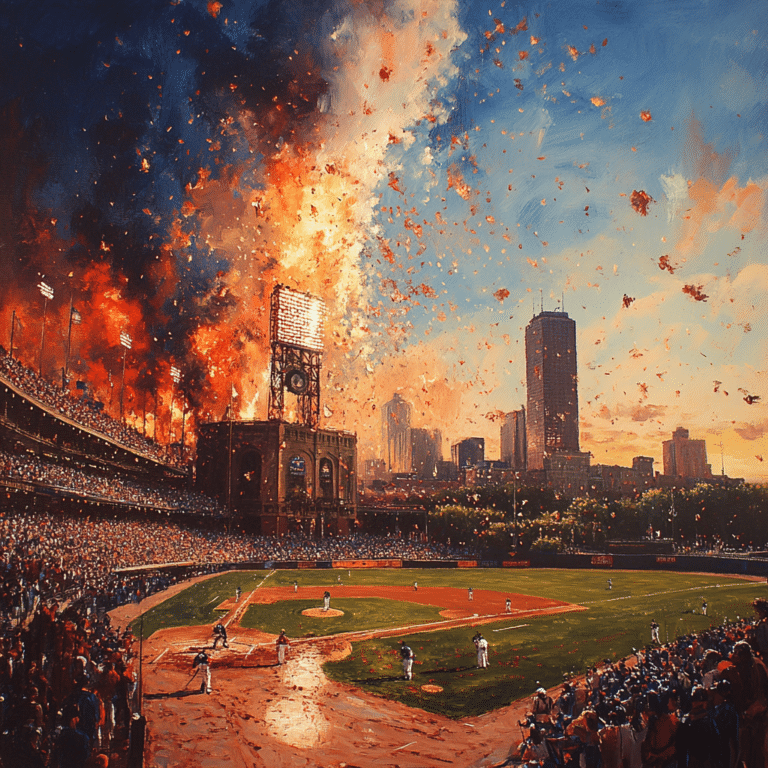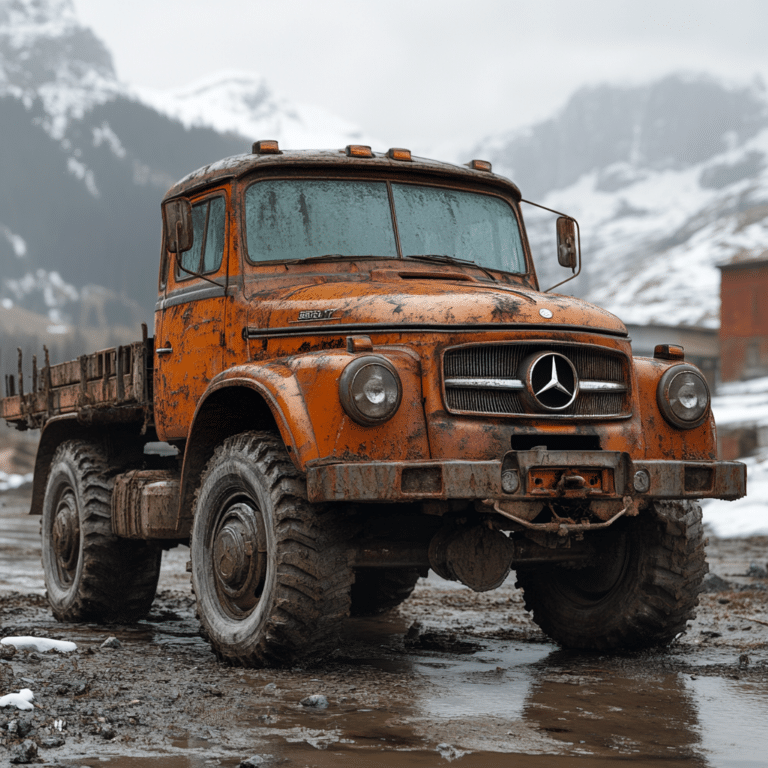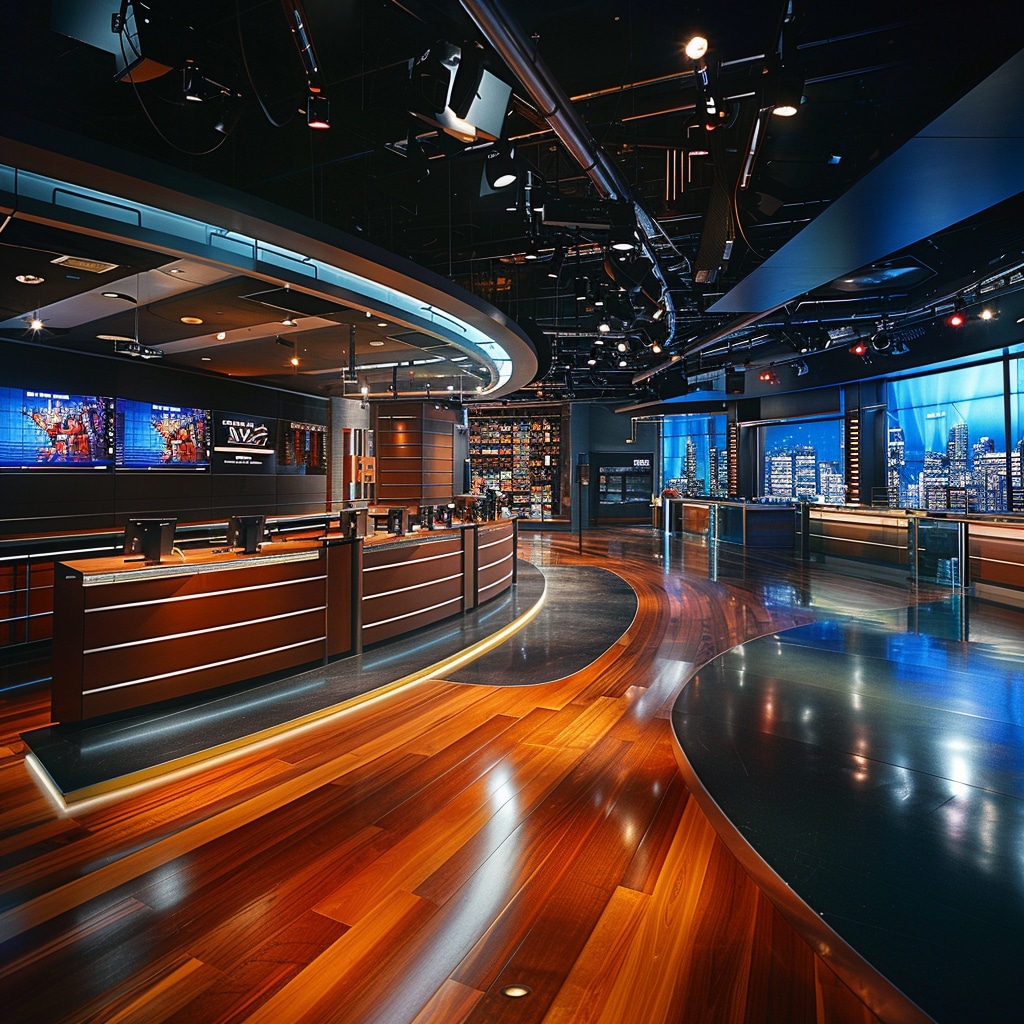Palestine Protests: An Escalation in Regional Tensions
It’s April 2024, and the Middle East is once again a powder keg; the Palestine protests are making international headlines. These demonstrations are not just another blip on the radar—they represent a tipping point in regional tensions, a flare-up in a longstanding conflict that stretches back to the mid-20th century. The demands of the protesters are clear but varied: sever financial ties with Israel, end partnerships with Israeli institutions, and call for transparency in all dealings. They’re also asking for nothing short of amnesty for all participants involved in the protests.
The Root Causes Behind Palestine Protests
Unpacking the dynamics fueling this latest surge in Palestine protests requires us to look back at historical grievances, recent provocations, and the political landscape within the Palestinian territories. The roots of the friction between Israel and Palestine can be traced back to the post-World War II era, but today’s demonstrations reflect immediate and specific concerns.
Currently, the governance of the Palestinian territories is divided between the Palestinian Authority (PA) and Hamas, both of which have faced severe internal criticism. Economic stagnation, corruption allegations, and a perceived inefficacy in handling negotiations with Israel have left many Palestinians feeling disillusioned. The PA’s recent decisions to engage in security and economic cooperation with Israel have only added fuel to the fire, with many Palestinians viewing these actions as a betrayal of their national cause.
Protesters, spurred by student activism, demand that schools and universities sever financial ties with Israel and companies benefiting from the conflict. The Boycott, Divestment, and Sanctions (BDS) movement has gained ground, calling not just for economic disengagement, but also an end to U.S. military support for Israel. These cries for justice come in the wake of what protesters describe as acts of “genocide” by Israel in Gaza, urging politicians worldwide to ramp up their efforts in aiding the Palestinian population.

| Date | Location | Main Participants | Key Demands | Notable Events |
| 2023 | University Campuses (U.S, Europe) | Students, Activists | Sever financial ties with Israel, transparency over financial ties, end U.S. military support for Israel | Large student protests on campuses; part of BDS movement |
| April 2024 | United States | Students, Activists | End to U.S. military aid to Israel, describe conflict as “genocide,” politicians’ intervention | University sit-ins, increased media coverage |
| April 2024 | Europe | General Public, Activists | Amnesty for protesters, end to Israeli institutions’ partnerships | Large public gatherings, street marches |
| April 2024 | Gaza | Local Residents, Activists | End to military attacks in Gaza | High international media attention, calls for humanitarian aid |
Key Figures in the Palestine Protests
Several influential leaders within Palestinian society have emerged as key figures in these protests, each bringing their unique voice to the cause.
International Reactions to the Palestine Protests
As with any major geopolitical development, the international response to the Palestine protests has been varied and deeply influenced by national interests.
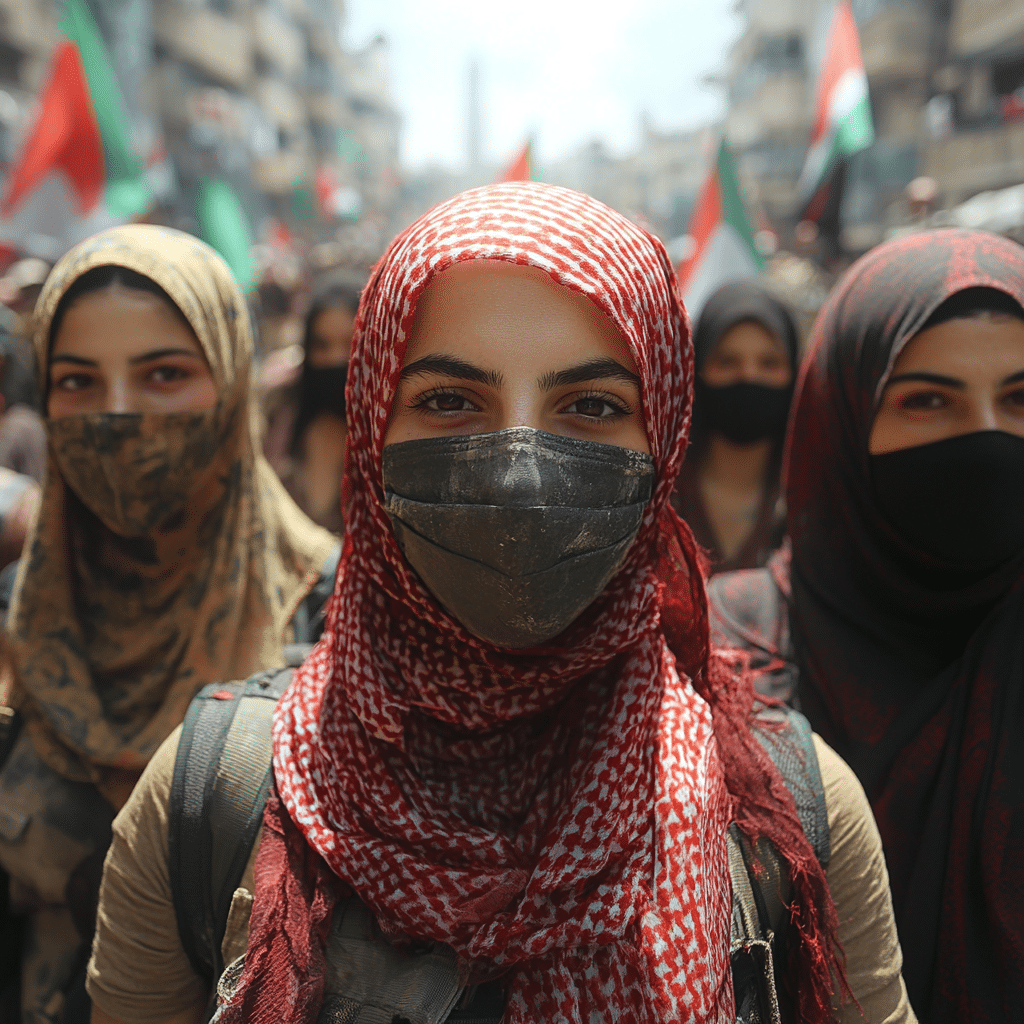
Economic Impacts of the Palestine Protests
The economic ramifications of the Palestine protests extend beyond mere numbers; they affect lives and livelihoods across the region.
The Path Forward: Possible Resolutions
While the pathway to peace is undeniably fraught with challenges, several strategies could help de-escalate the ongoing tensions.
Final Reflections
The Palestine protests of 2024 highlight the unrelenting complexity of the Israeli-Palestinian conflict and underscore the urgency for lasting solutions. While the road ahead is unequivocally challenging, a blend of proactive diplomacy, grassroots peacebuilding, and humanitarian efforts can spark the needed change. The world watches intently, hoping for a breakthrough that transforms this entrenched conflict into a beacon of hope. For those directly involved, the stakes couldn’t be higher, and the urgency of their cries demands more than just sympathy—it cries out for action.
In a time when many American cities like those in the Cheapest Places To live in The United states face their own socio-economic struggles, it’s a poignant reminder that conflicts far from home often mirror the struggles within. By standing in solidarity or engaging in informed discussions, we might just contribute to crafting a better, more peaceful world for everyone involved.
With this nuanced and timely analysis, we hope to spark spirited discussions among our readers, keeping conservatisms’ values and principles at the forefront of the debate. Stay informed, stay engaged, and always seek out the deeper truths behind the headlines.
Palestine Protests: Fun Trivia and Interesting Facts
Exploring the fervor of the Palestine protests can be enlightening, but let’s also uncover some compelling trivia and interesting facts intertwined with this pivotal movement.
Historical Tidbits
Did you know that the iconic writer Edgar Allan Poe had an illustrious yet tragic marital life? His wife, Virginia Clemm Poe, was often a muse in his hauntingly beautiful poetry and stories. Interestingly, while Poe’s tales echo through time, the spirit of political movements like the Palestine protests demand attention in the current era. Both embody a passionate struggle—Poe with his words and Palestinians with their voices.
Pop Culture Connections
As protests rage on, it’s intriguing to note links with unexpected areas like movies and TV shows. Remember Orlando Brown from your favorite childhood shows? His life has seen dramatic changes, much like the tumultuous path of the Palestine protests. While Brown’s career weaved through various phases, from Disney to real-life dramas, the protests continue to maneuver through political and social obstacles, seeking recognition and change.
Unexpected Parallels
Fascinatingly, the world of college athletics can connect back to our topic. The NCAA (peaceful arenas) thrives on structure and order while contrastingly, the Palestine protests embody organic, grassroots activism. The unity and spirit found in marches and sit-ins are mirrored in how college teams come together to fight for a common championship goal.
Geographic Connections
Shifting to geographical trivia, have you ever heard about the quaint town of Upton on Severn? This picturesque locale couldn’t be more different from the intense streets of the Palestinian protests. This contrast underlines the varied tapestry of human experience and how different places experience peace and conflict.
By blending poignant history, pop culture, and geographical trivia, the intricate web of the Palestine protests is seen in a new light. Whether through watching over college sports, pondering over Poe’s romantic entanglements, or reflecting on picturesque towns, these connections enrich our understanding of global issues and the pursuit of justice.
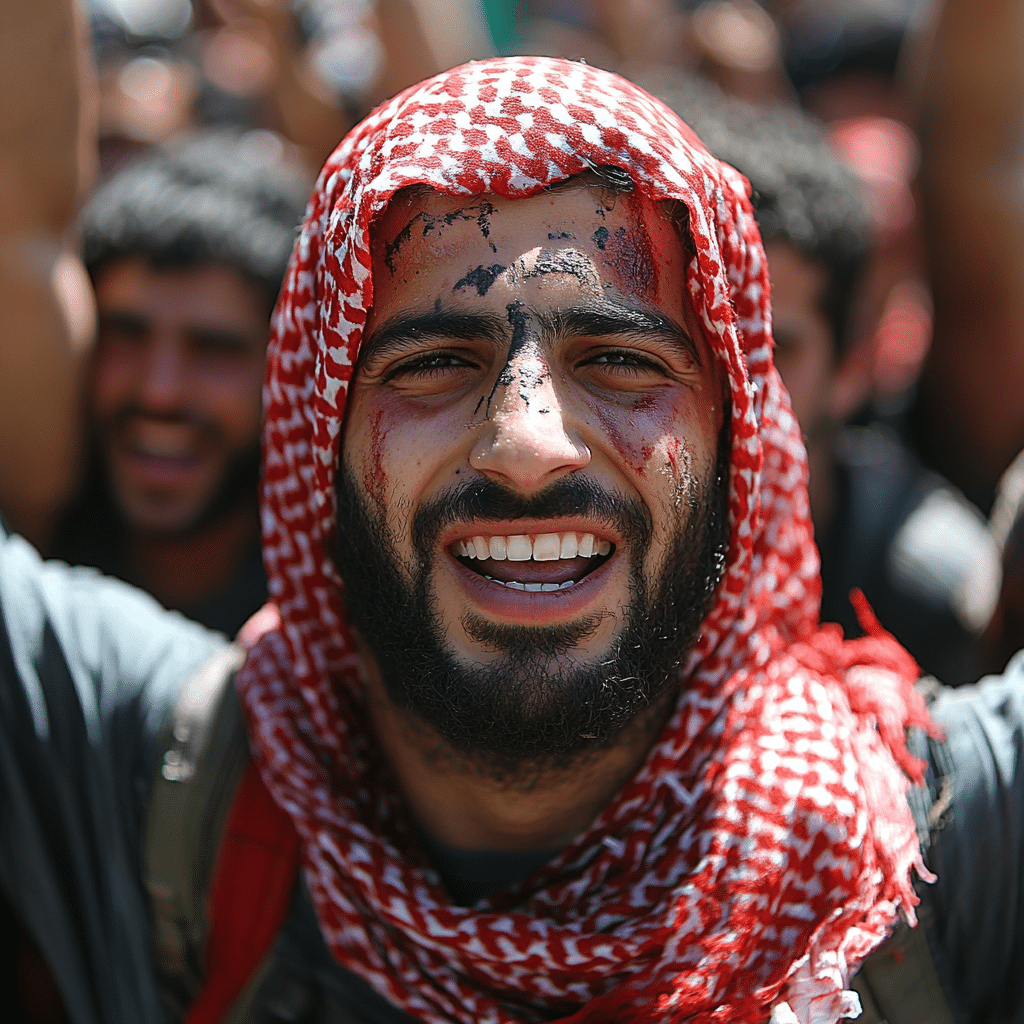
Why is Palestine protesting?
Palestinians are protesting to end what they consider financial oppression and foreign influence, primarily targeting financial ties with Israel and support for their cause, as part of movements like Boycott, Divestment, and Sanctions (BDS).
What are they fighting about in Palestine?
The ongoing conflict in Palestine and Israel revolves around land disputes and self-determination within the boundaries of the former Mandatory Palestine, with both sides claiming rights to the territory.
Why is everyone protesting Israel?
People are protesting Israel to press for an end to military actions in Gaza and cease financial and military support, attributing the situation to human rights abuses and calling for a halt to what they describe as “genocide.”
What was the largest Palestinian protest?
The largest Palestinian protest was part of the global protests that escalated in April 2024, with significant gatherings in many countries, driven by the wider Israel-Hamas war.
What is Palestine trying to do?
Palestinians are trying to gain international support to end what they see as occupation and military aggression, seeking recognition and aid to establish their rights and statehood.
Why are Israel and Palestine enemies?
Israel and Palestine have a long history of conflict over territorial claims and national identity, with religious and political implications deepening the divide.
Is Palestine a country or Israel?
Palestine is a self-declared state, recognized by some countries, while Israel is a UN member state with control over much of the contested territory.
Why does the US support Israel?
The US supports Israel primarily due to shared democratic values, strategic alliances in the Middle East, and significant political and financial lobbying.
Is Jerusalem in Israel or Palestine?
Jerusalem is claimed as a capital by both Israel and Palestine, but internationally, it’s a city with disputed status and deep religious significance.
Who is backing Palestine?
Palestine receives backing from various countries sympathetic to their cause, including many in the Middle East and international organizations advocating human rights.
What’s happening in Palestine?
The current situation in Palestine involves ongoing conflict, protests, and military actions, particularly between Israeli forces and Palestinian groups like Hamas.
How to help Palestine?
To help Palestine, people can participate in awareness campaigns, support humanitarian efforts, and engage in advocacy through organizations aiming to aid Palestinian people.
Who controls most of Palestine?
Israel currently controls most of the territory historically known as Palestine, with autonomous Palestinian regions existing within this framework.
Who helps Palestine the most?
Palestine receives substantial aid from humanitarian organizations, the United Nations, and sympathetic countries in their struggle for self-determination.
How many Palestinians want peace?
Polling data and peace initiatives suggest that a considerable number of Palestinians, like many Israelis, desire a peaceful resolution with mutual recognition and rights.
Why Palestine is attacked?
Palestine faces attacks due to the entrenched conflict with Israel over land, political power, and national identity, with escalations often resulting in military confrontations.
What is the Free Palestine protest about?
The “Free Palestine” protest is about demanding an end to Israeli military actions, the occupation of Palestinian territories, and advocating for Palestinian statehood and rights.
Who is backing Palestine?
Palestinian backing primarily comes from neighboring Arab countries, various international entities, and global humanitarian organizations dedicated to their cause.
What’s happening in Palestine?
The situation in Palestine involves persistent conflict with Israel, protests, humanitarian crises, and international debate over rights, land, and sovereignty.


